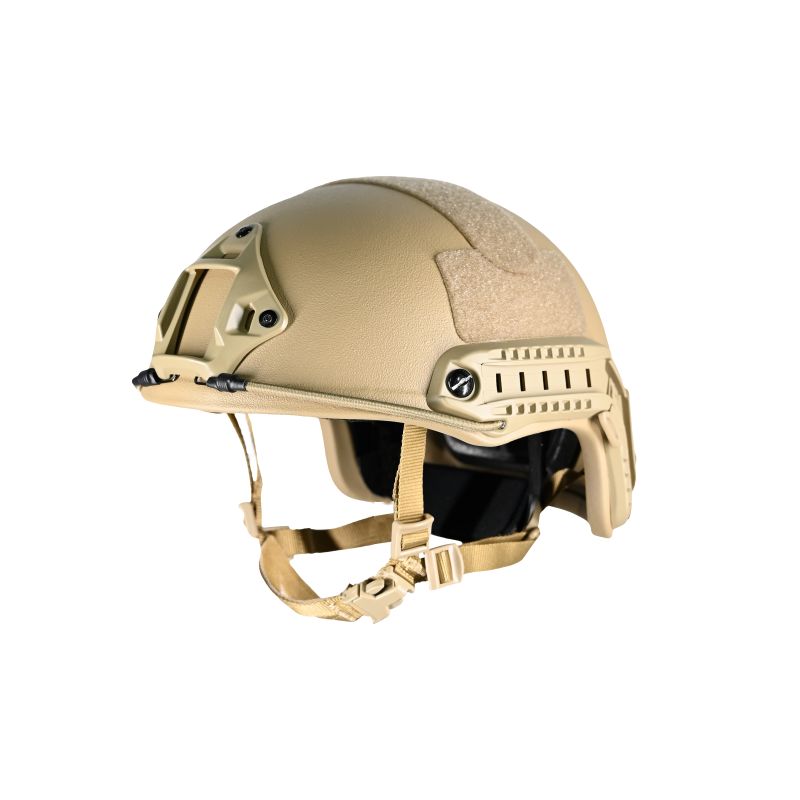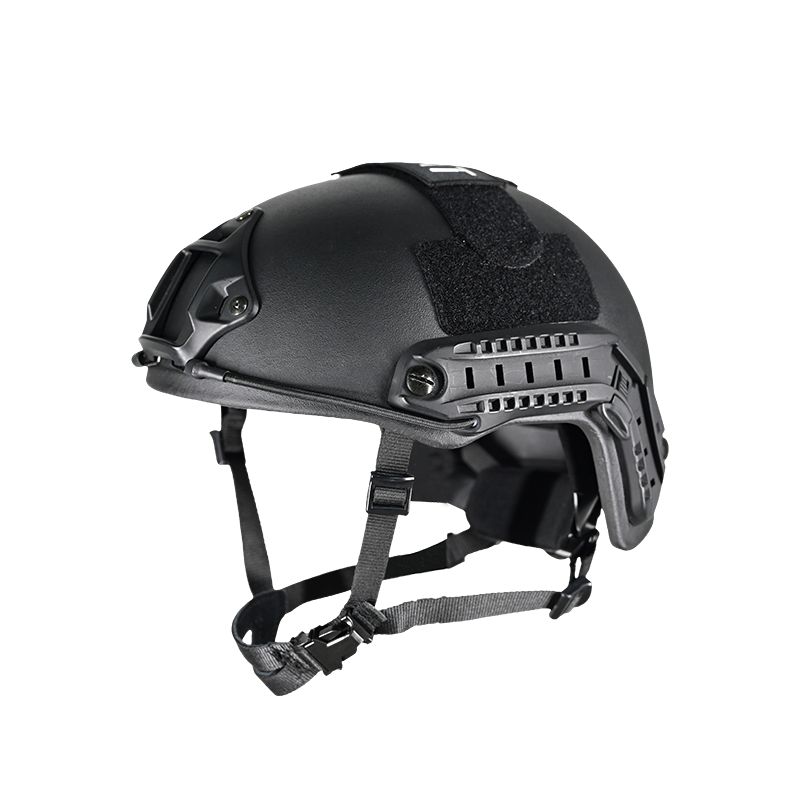Will scratches or abrasions on the Bulletproof Helmet's ballistic coating affect its overall protection?
2025-10-14
Many people may notice scratches or abrasions on the ballistic coating while using their Bulletproof helmets. This raises concerns: Will the coating, if damaged, compromise the helmet's effectiveness? Will it still provide protection in the event of a real threat? While we shouldn't panic at the sight of scratches, we shouldn't ignore them either. We need to understand the ins and outs of the problem and address them if necessary, replacing them if necessary.

Purpose of the Ballistic Coating
Many people assume that the Bulletproof Helmet relies solely on its core protective materials, such as aramid and ceramic. However, the surface ballistic coating is also crucial. This coating is typically made of a wear-resistant and impact-resistant material. It protects the core protective layer, preventing dust, rain, and corrosive substances from penetrating and causing degradation, potentially compromising its ballistic performance. Furthermore, when struck by bullets or shrapnel, the coating absorbs some of the impact force and prevents the core protective layer from shattering or scattering, further enhancing its effectiveness. For example, if the surface coating of some ceramic composite ballistic helmets is damaged, the ceramic plates can easily break under impact, significantly reducing their protective effectiveness.
Minor Scratches
If the Bulletproof Helmet's coating only has minor scratches, such as a shallow mark from accidentally scraping against a wall, without exposing the core protective material, this typically has little impact on overall protection. However, it should be promptly addressed, such as with a dedicated coating repair agent, to prevent water or dust from entering the scratch, which could cause it to expand over time. Even minor scratches shouldn't be left untreated. Prolonged exposure to damp or dusty conditions can turn small scratches into major wear, which can be problematic.
Severe or Deep Scratches
If the Bulletproof Helmet's coating is severely worn, such as large areas of peeling or deep scratches that expose the core protective material, its protective performance will be significantly reduced, and the helmet should no longer be used. First, the core protective material is exposed, making it susceptible to moisture and oxidation. For example, when aramid absorbs water, its strength decreases, making it easily penetrated by bullets. Second, without the coating to cushion the impact, bullets or shrapnel directly impact the core protective layer, subjecting the core material to greater impact force and causing it to shatter. Not only will it fail to stop the bullet, but the shattered material may also scratch the wearer.

Judgment Basis and Maintenance
We can inspect the Bulletproof Helmet to see if the core protective material is exposed. If the aramid cloth or ceramic pieces are visible, it indicates severe wear. Similarly, if the coating has peeled off over more than one-third of the helmet's surface, even if the core material isn't exposed, it's still considered severe wear. Therefore, care must be taken during normal use and storage. Avoid sharp objects, such as placing the Bulletproof Helmet near nails or sharp corners, which can scratch the coating. Also, avoid leaving the Bulletproof Helmet in direct sunlight or high temperatures for extended periods, such as in the trunk of a car in the summer. High temperatures can make the coating brittle and prone to peeling.




